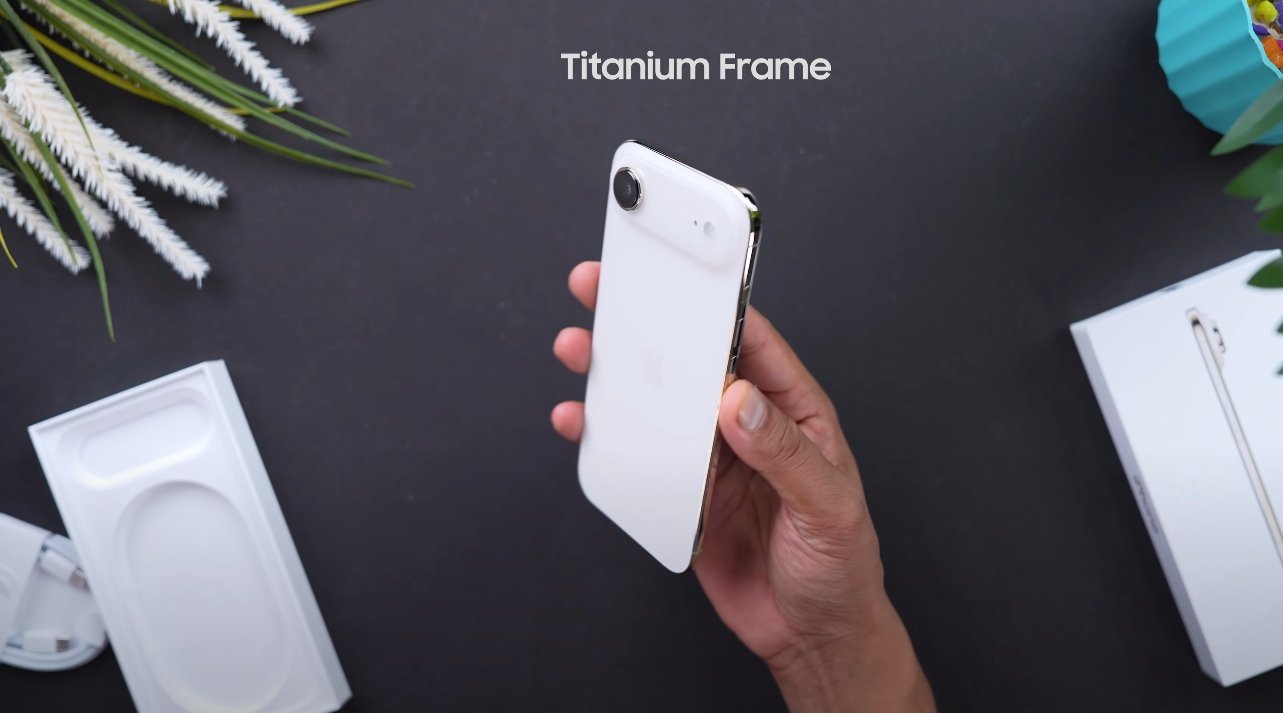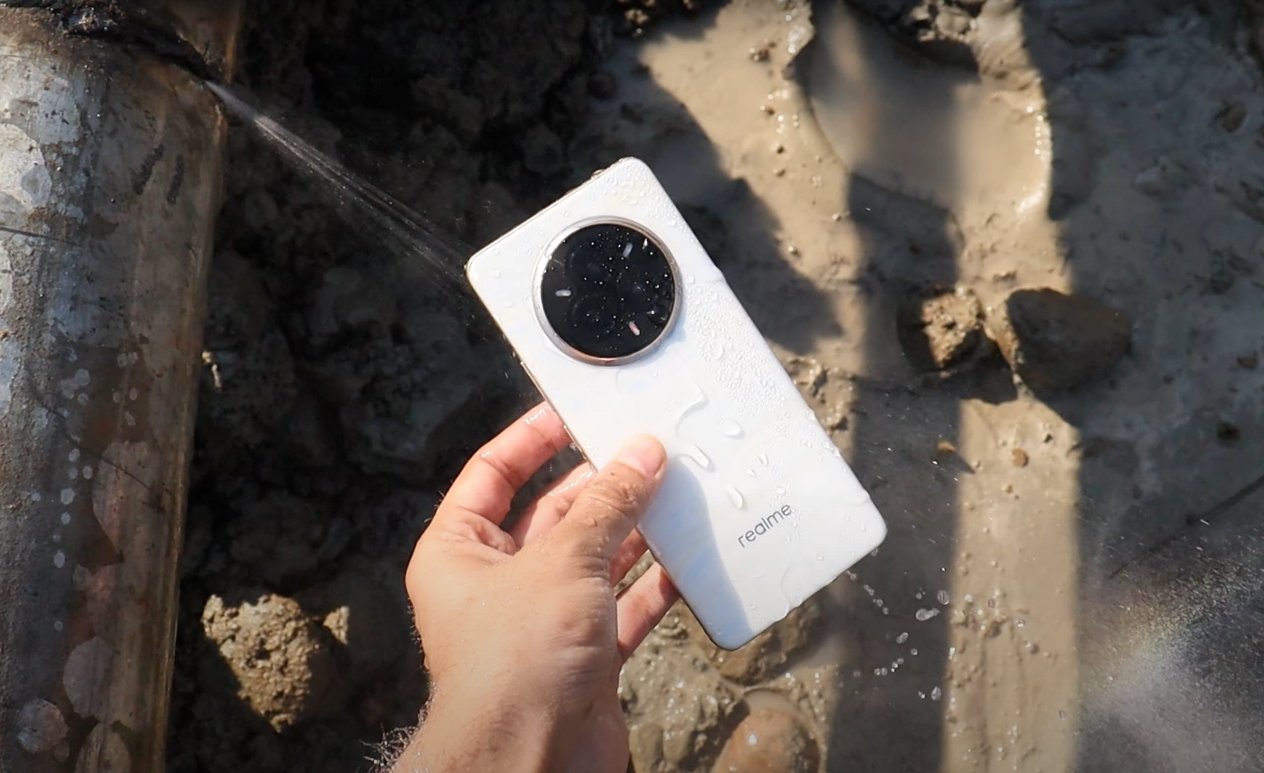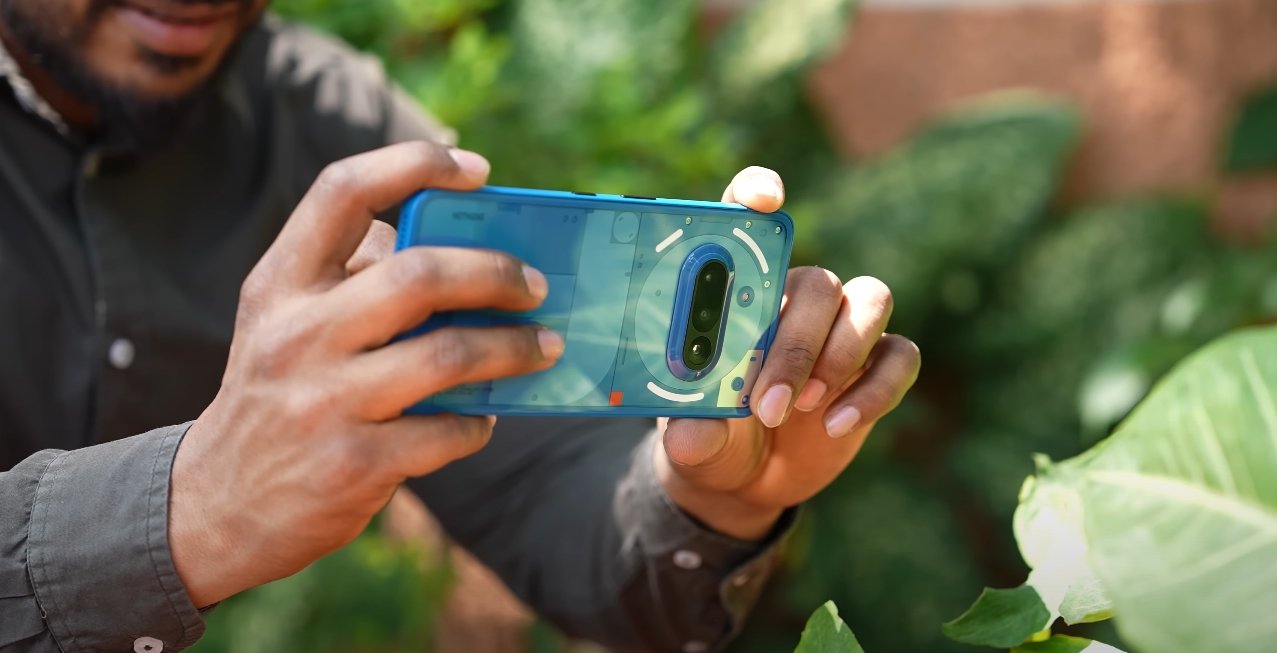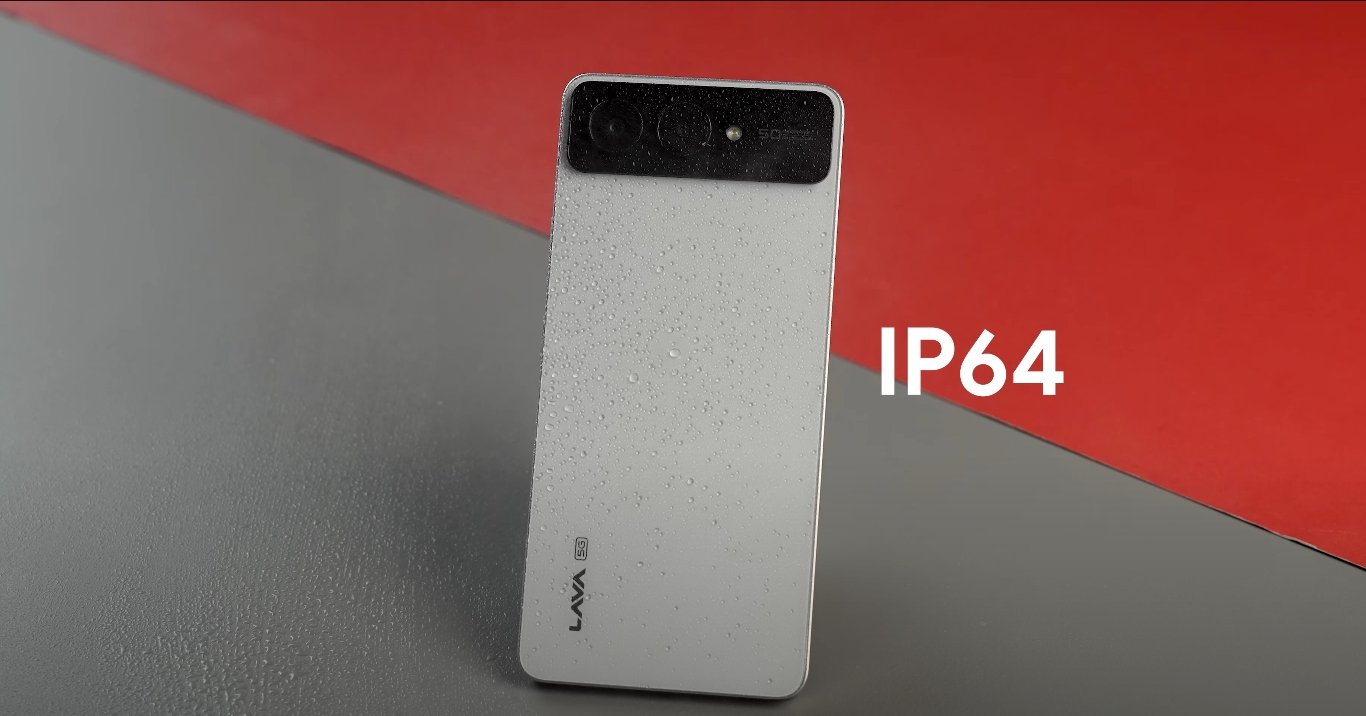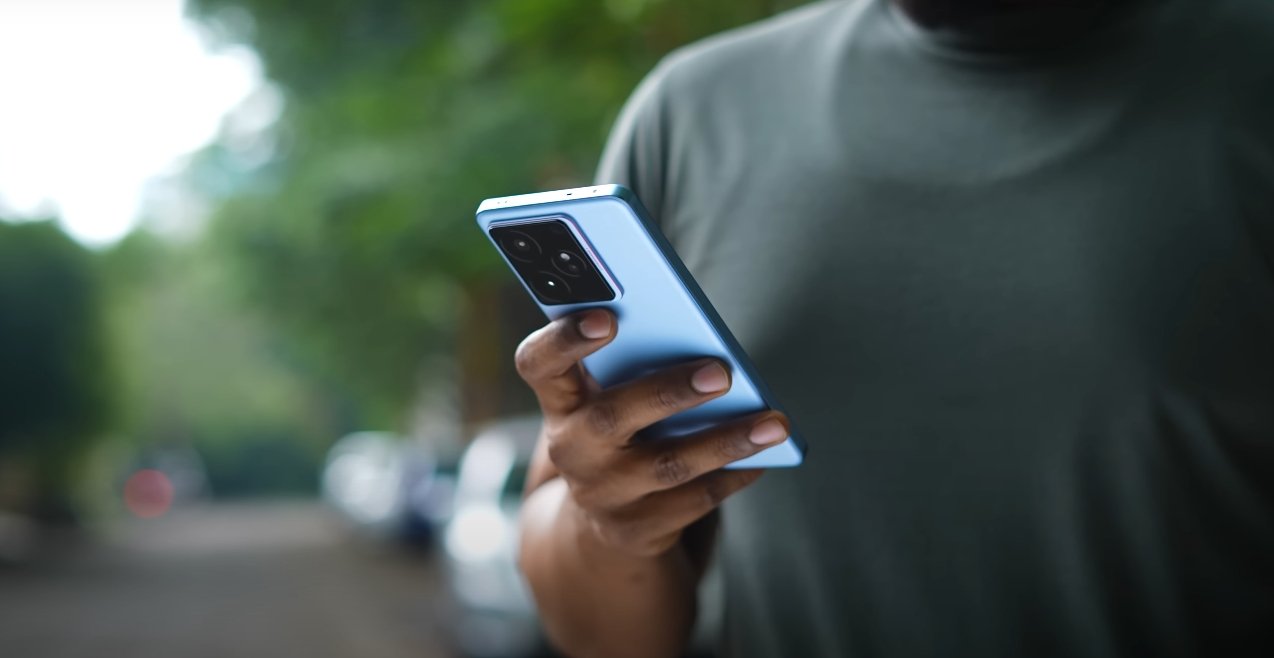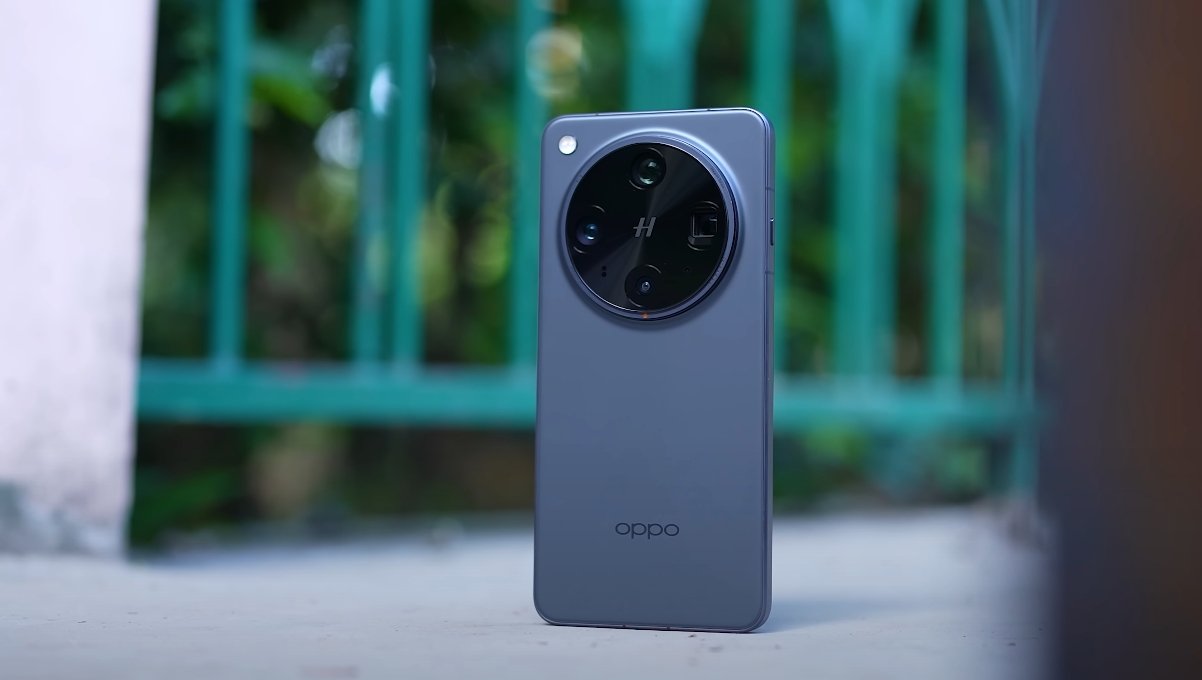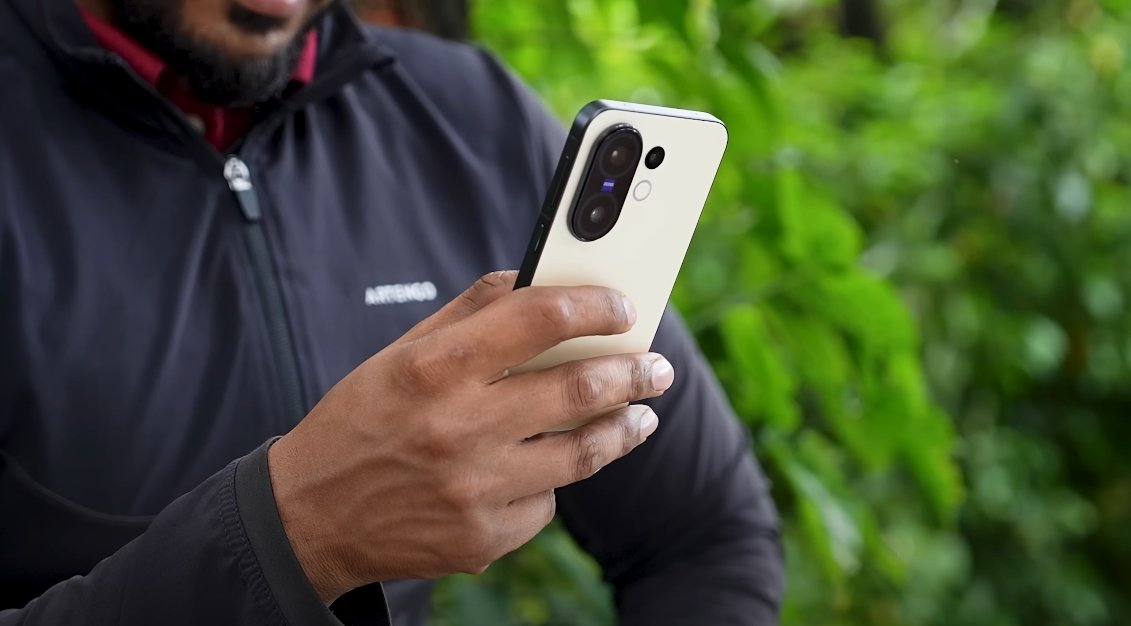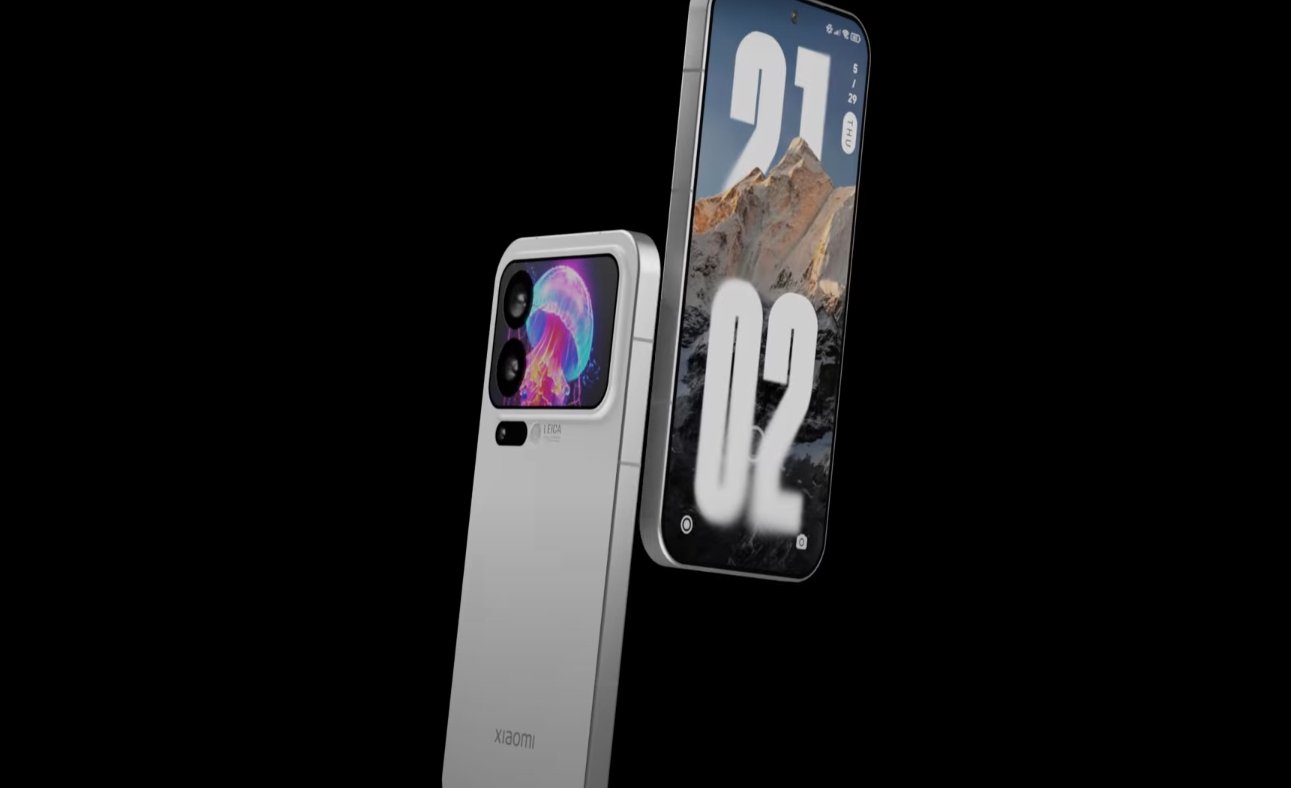Comparing Apple’s lightweight iPhone Air with the flagship iPhone 15 Pro
Apple’s iPhone Air and iPhone 15 Pro cater to different user needs. The Air prioritizes slim design, portability, and cutting-edge efficiency, while the 15 Pro focuses on professional features, camera versatility, and sustained high performance. U.S. consumers can choose based on whether they value elegance and compactness or advanced capabilities and hardware flexibility.
Design and Build
The iPhone Air is exceptionally thin at 5.6mm and weighs 165 grams, with a titanium frame and Ceramic Shield 2 front and back. It emphasizes portability and a premium feel. The iPhone 15 Pro, slightly thicker at 8.3mm and weighing 187 grams, also uses a titanium frame but has a more substantial build to accommodate advanced sensors, a larger camera module, and thermal management. The Air feels lighter and easier for everyday handling, while the 15 Pro offers a more robust professional-grade feel.
Display
Both models feature Super Retina XDR OLED displays with 120Hz ProMotion and HDR support. The Air has a 6.5-inch panel with peak brightness up to 3,000 nits, offering excellent outdoor visibility. The 15 Pro has a 6.1-inch display with similar features but slightly lower peak brightness. The Air’s larger screen enhances media consumption, while the 15 Pro’s display is optimized for professional photography and precise color reproduction. Both include True Tone and Always-On Display.
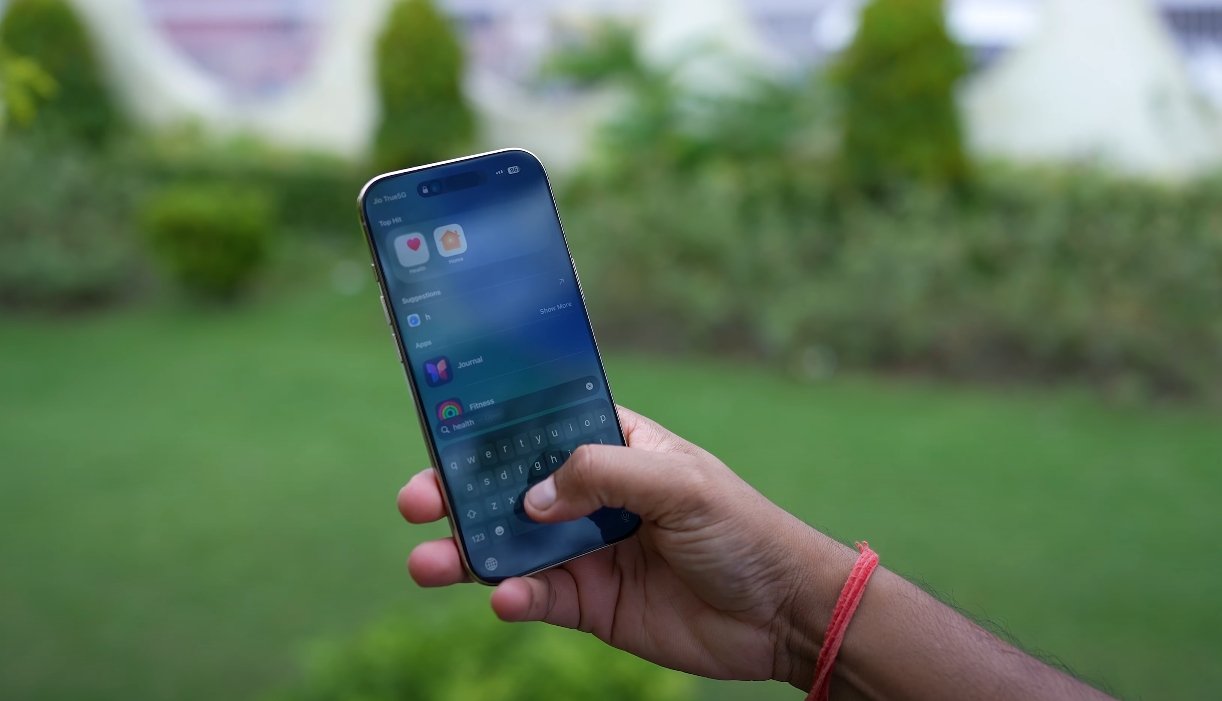
Performance
The iPhone Air is powered by the A19 Pro chip, which delivers fast CPU and GPU performance with efficient energy use. It comes with 12GB RAM, supporting extensive multitasking. The iPhone 15 Pro uses the A17 Pro chip, optimized for high-end gaming, pro apps, and AR applications. While both devices perform exceptionally, the Air excels in energy efficiency and long-term software support, whereas the 15 Pro shines in sustained heavy workloads and professional applications.
Camera System
The iPhone 15 Pro features a triple-camera setup: 48MP main, ultra-wide, and telephoto lenses, plus LiDAR for AR and improved low-light photography. This setup offers versatile shooting options, including optical zoom. The Air relies on a single 48MP main sensor, delivering excellent images for everyday photography but lacks the telephoto and ultra-wide capabilities. For casual users, the Air’s camera is sufficient, but the 15 Pro is superior for photography enthusiasts.
Battery and Charging
Battery capacity favors the 15 Pro, providing longer endurance under heavy use. The Air’s smaller battery is offset by its energy-efficient A19 chip, ensuring competitive daily performance. Both support MagSafe and wired fast charging. The 15 Pro handles sustained heavy tasks better without overheating or throttling, while the Air remains highly efficient for typical daily usage.
Also Read: Apple iPhone Air VS iPhone 14 Pro
Additional Features
The iPhone 15 Pro includes extra sensors, enhanced speakers, LiDAR, and a more versatile camera system. The Air focuses on modern connectivity, including Wi-Fi 7 and Bluetooth 6, and a lightweight, future-proof design. Software support for both is robust, but the Air may receive updates for a longer period due to its newer chipset.
Conclusion
The iPhone Air is ideal for users seeking a lightweight, elegant phone with strong daily performance and a capable main camera. The iPhone 15 Pro suits those who prioritize camera versatility, advanced hardware, and professional-grade features. Both deliver Apple’s signature quality, but the choice depends on whether portability or comprehensive functionality is your priority.
